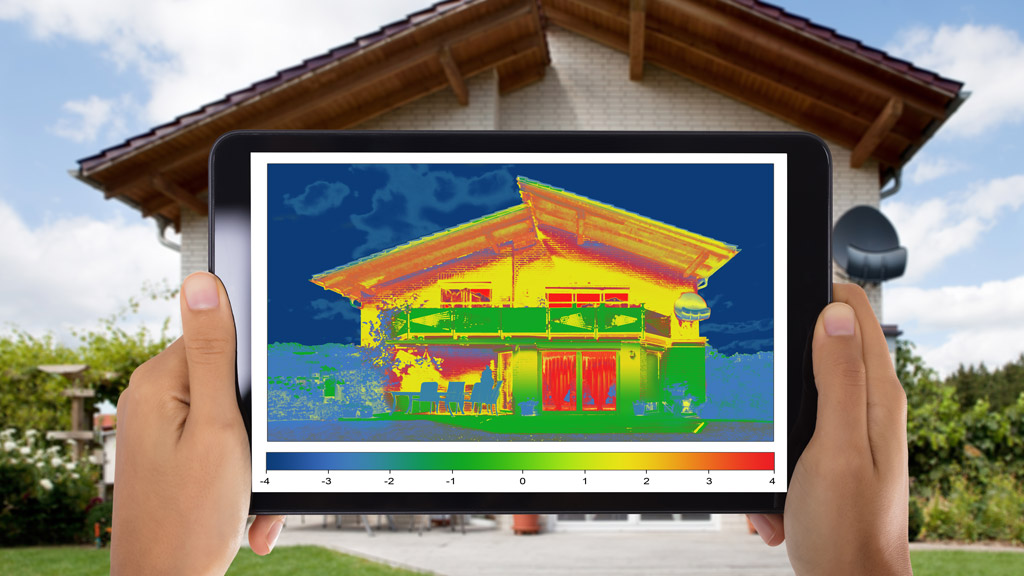Two groups representing Canada’s leading edge of building energy efficiency are giving voice to their concerns about the direction of recent 2020 National Building Code sub-committee meetings.
Efficiency Canada (EC), based at Carleton University in Ottawa, and Passive House Canada (PHC), believe the 2020 NBC process has been compromised by two key decisions that could make it difficult for new buildings to be Net-Zero Energy Ready (NZEr) by 2030, part of the Canadian Framework on Clean Growth Climate Change.
First was the direction given in May 2020 by the Canadian Commission on Building Fire Codes Executive Committee to the standing committee on energy efficiency (SC-EE), shortly before its public review meetings: “Revise the proposed changes such that airtightness testing is not mandatory in any compliance path for buildings and houses (NECB and NBC, Section 9.36) at this time.”
Eliminating airtightness testing represents a serious setback for energy efficiency progress, writes Rob Bernhardt, adviser for projects and policy for Passive House Canada.
“Air tightness testing is a critical tool to achieve high performance low carbon resilient buildings. This decision threatens Canada’s ability to deliver its targets and jeopardizes the pathway to high performance buildings.”
According to Kevin Lockhart and Brendan Haley of EC, the SC-EE decision was founded on a perceived lack of airtightness testing capacity and expertise, particularly in remote areas as well as associated costs and unspecified unintended consequences.
Bernhardt told the Daily Commercial News that this reasoning is flawed.
“Energy advisers are either up and ready now or can be very quickly. This is a business with very low barriers to entry. There is not that much training required and blower doors are inexpensive and easy to buy.”
The second concern arises from the continued use of a “reference building” to measure energy efficiency improvements. A ratings system using a “reference building” expresses energy performance improvement in terms of “per cent better than.” Designers are required to model a reference building based on current code compliance, often using prescriptive elements, which is then compared to modelling of the proposed new building.
PHC and EC argue this concept neglects the proposed building’s form factor, not only making the comparisons misleading and inequitable but fails to predict actual energy use outcomes. Given that the energy performance of a basic, compact form is hard to improve upon, a percentage-based improvement relative to a hypothetical model actually incentivises buildings with inefficient high form factors.
“Energy efficiency declines exponentially as the form factor increases,” says PHC.
In fact, PHC says this permits expensive buildings with inefficient designs to be marketed as Step 5 or “Net Zero Ready” despite consuming many times the energy of one that is efficiently-designed and affordable.
Both organizations believe a performance code based on actual energy use outcomes as the only clear path for the country to meet its 2030 targets. Action is needed now, says EC.
“A quarter of the homes and buildings in which we will live and work by 2030 have yet to be constructed.”
While some suggest that energy efficiency improvements come at a high cost to owners, Bernhardt disagrees. It’s a matter of designing for higher performance at the start.
“Most people learn to do this cost effectively very quickly. Typically the reason those larger cost increases occur is that people are trying to take a conventionally designed building and make it efficient. The key is to innovate.”
Effectively developing a code that measures energy efficiency improvements using actual performance outcomes will be a challenge under the present code development process, due to the building industry’s inherent resistance to change, says Bernhardt.
“Some groups may have an economic interest in not changing. The status quo is always more attractive. The scale of change required to mitigate climate change and to deliver better buildings is more than this code system is designed to accomplish.”











Recent Comments
comments for this post are closed